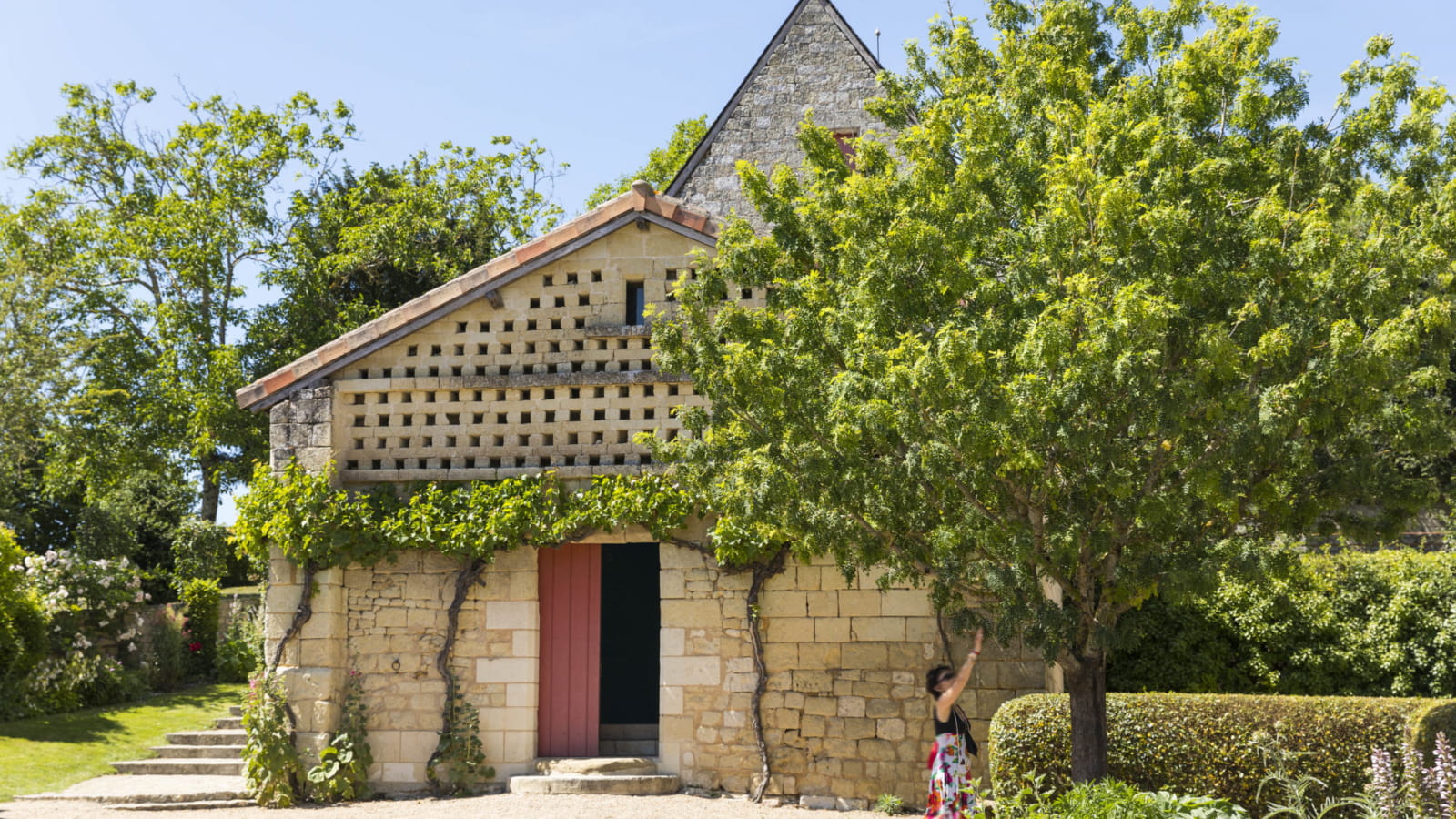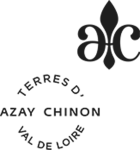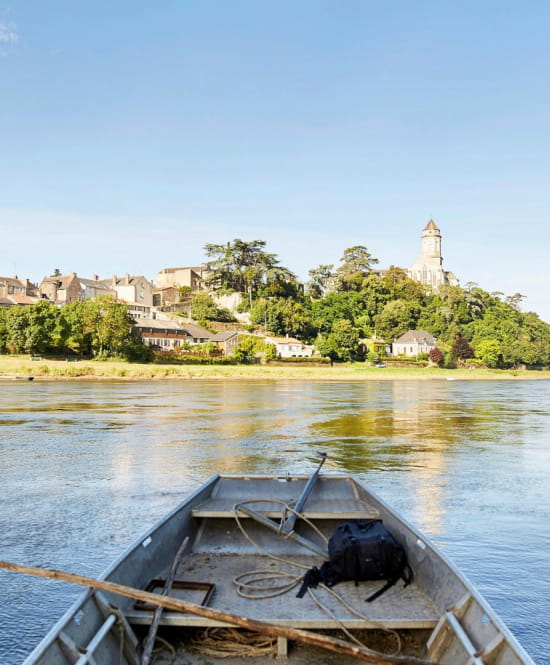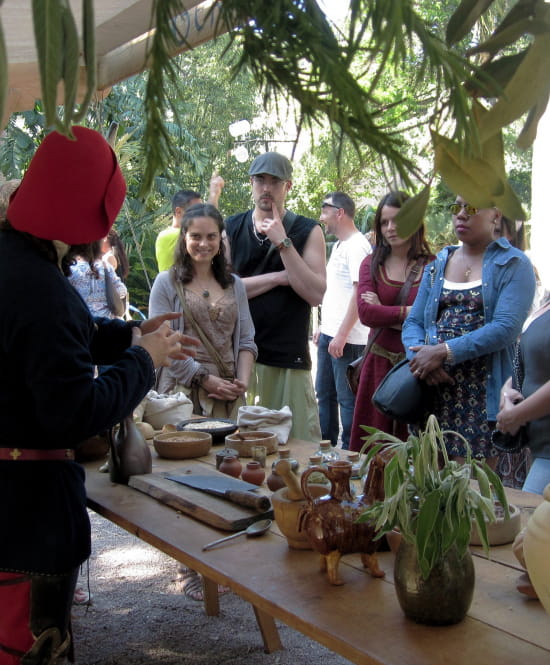Rabelais and his house
A Renaissance Humanist and writer, François Rabelais spent his childhood in La Devinière, a “house in the fields” in Seuilly near Chinon. The environment of his birthplace inspired him when he came to write Gargantua.
La Devinière
Rabelais was born in the late 15th century on a farm called La Devinière. He grew up in this rustic home built by his father, a lawyer at the royal seat of Chinon. The author found inspiration in the vineyards around La Devinière for his first novel Gargantua. The famous scholar is one of the few writers to have a region named after him: La Rabelaisie.
La Devinière is 7 km away from Chinon and listed as a historic monument. The Rabelais birthplace is the only museum devoted to this major figure in French literature and is constantly being renewed. Around the 15th century house are a series of remarkable buildings, including a dovecot, a water well sheltered by a vault, a stable, troglodyte caves and the winemaker’s house. There is a garden, an orchard and vineyards near the farm.
Journey to Rabelaisie
The hilly landscapes south of Chinon left their imprint on the work of Rabelais. The panorama from La Devinière is the scene for the Picrocholine War, a legendary episode in Gargantua. It is also well worth taking a detour along the Giants’ Adventures nature trail.
In the footsteps of Picrochole, king of Lerné, and Grangousier, king of Seuilly, visitors can explore the hiking paths leading through the meadows and vineyards. In the background, the Château du Coudray-Montpensier, another landmark described by Rabelais, towers over the landscape with its defensive fortress silhouette of towers and slate-roofed buildings.
Who was François Rabelais?
In 1510, François Rabelais left the historic province of Touraine to complete his educational journey at the universities of Bordeaux, Toulouse, Orleans and Paris.
An independent thinker, he first became a secular cleric, then enrolled in the faculty of medicine of Montpellier, where he developed a passion for botany and anatomy. In 1532, he was appointed as a physician at the Hôtel-Dieu hospital in Lyon. He also published his first two novels, Pantagruel (1532) and Gargantua (1534).
The writer’s literary works were condemned by the theologians at the Sorbonne. But Rabelais didn’t stop there. In 1545, King Francis I gave him the permission to print his own books freely for the next ten years. The scholar continued his fictional adventures with The Third Book (1546) and The Fourth Book (1552), which were both condemned in turn. The Fifth Book was published after the author’s death in Paris in 1553.
Rabelais was a controversial author because of his religious ideas. He defended an idea of morality that was closer to the demands of nature and life.










